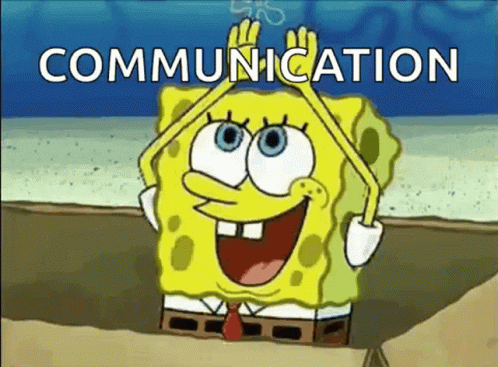Trust the Process
A question commonly asked of UX Designers is “What is your process?” This can be a difficult question to answer because there isn’t a “one-size-fits” all process that encompasses the needs of every project. What you end up using can be affected by several factors such as budget, time, and other constraints.
It’s also difficult to answer because a proper design process isn’t linear. The phases often have considerable overlap and back-and-forth: As you learn more about your problem and your users it may be nessisary to revist some of the previous steps.
That being said, a rough guideline of my design process is as follows:
1. Define the Vision
Hold a kickoff meeting with stakeholders. Understand the problem and goals. Define value propisition. Define success criteria.2. Research
Internal “Hallway Tests.” External tests/user groups. Market research. Direct competitors. Online Surveys.3. User Analysis
Personas. Empathy Maps. 4. Ideation
User Journeys. Scenarios and Storyboards. User Stories. Information Architecture. Whiteboarding. Paper Prototyping. Wireframes.5. Design
Prototyping. Reviewing. Refining (repeat previous steps as needed). Design specs. Handoff preperation.6. Testing and Validation
Internal/Dogfooding. Usabiliy testing. User testing. 7. Post-launch activities
Metrics analysis. Feedback from users. A/B testing.In conclusion: While doing great design is one thing, communicating great design is just as important. The best concepts will fail if they don’t get approval from the studio and stakeholders. That’s why the best designers are also great communicators.

